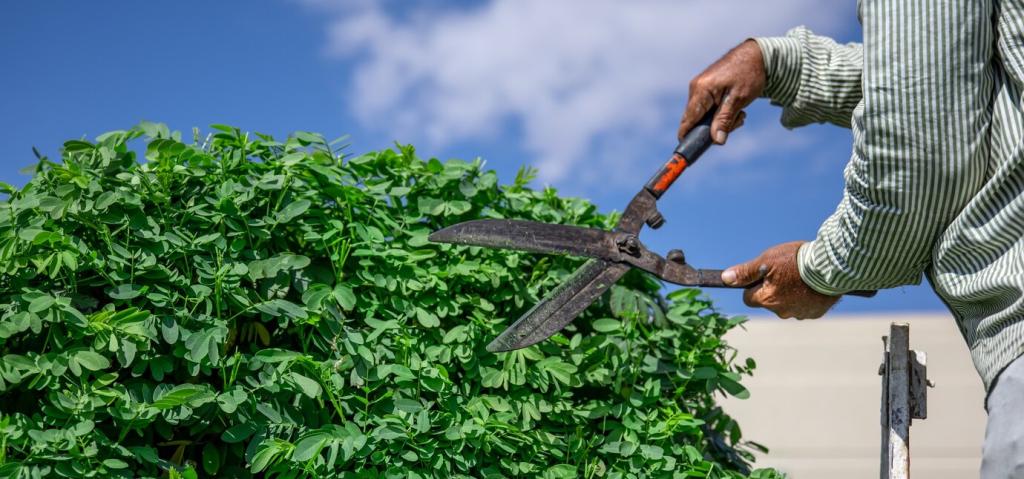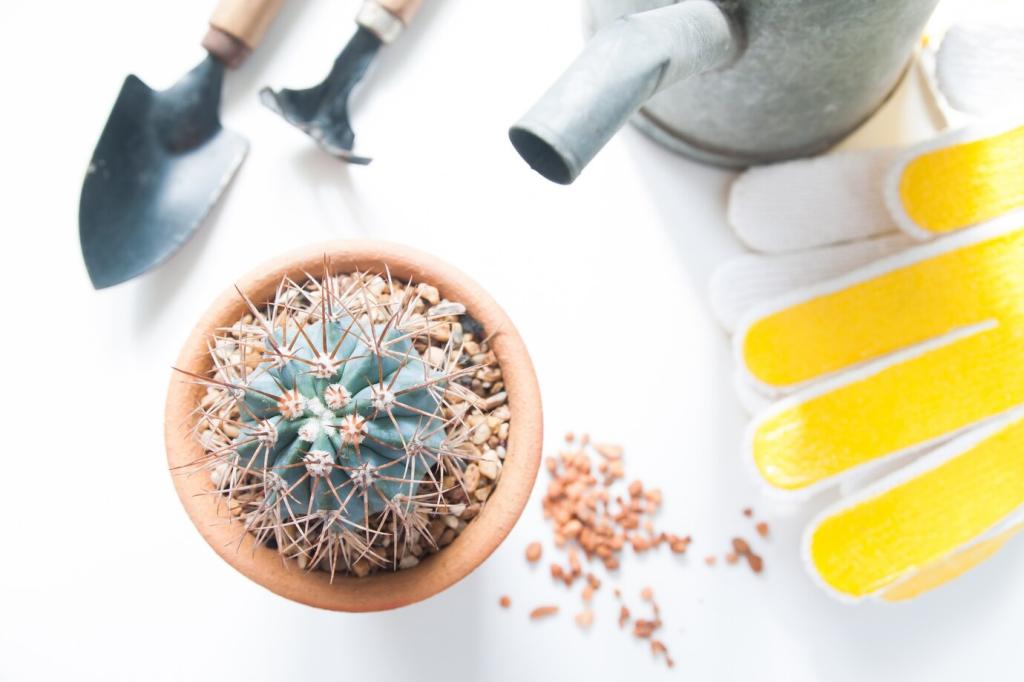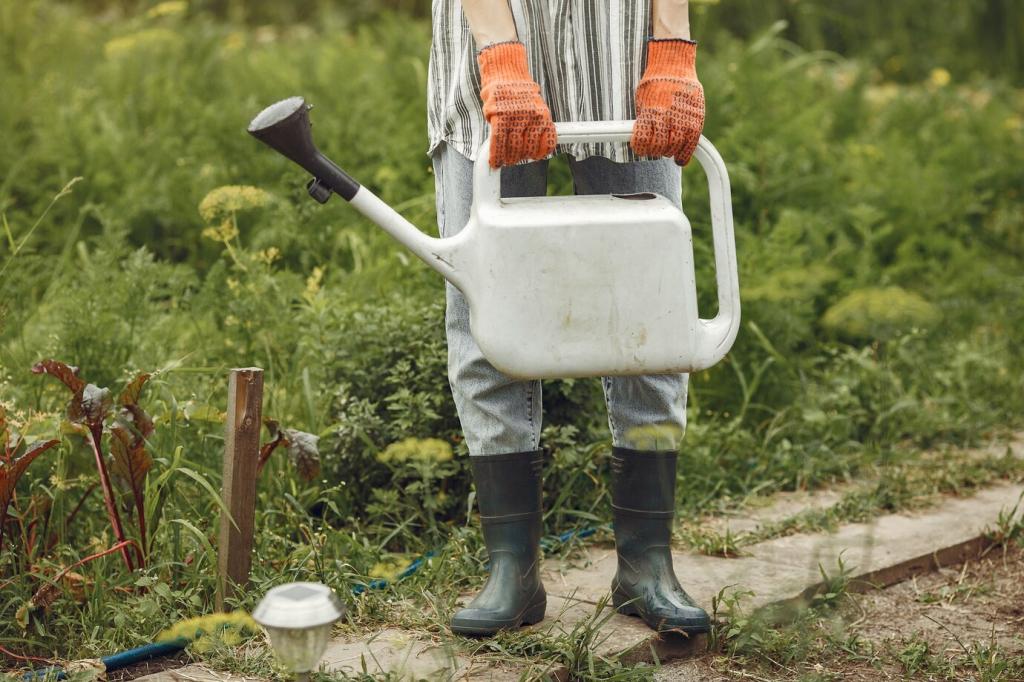Repair, Refresh, and Reuse Before You Replace
Clean edges, then use a color‑matched repair compound or water‑based adhesive patch beneath the tear. Feather, cure, and lightly texture. Post your before‑after and inspire a repair‑first mindset.
Repair, Refresh, and Reuse Before You Replace
Fade happens. For natural fibers, consider fiber‑reactive dyes; for synthetics, explore fabric paints and slipcovers. Test colorfastness, plan evenly. Show us your refreshed sofa or chair makeover story.







